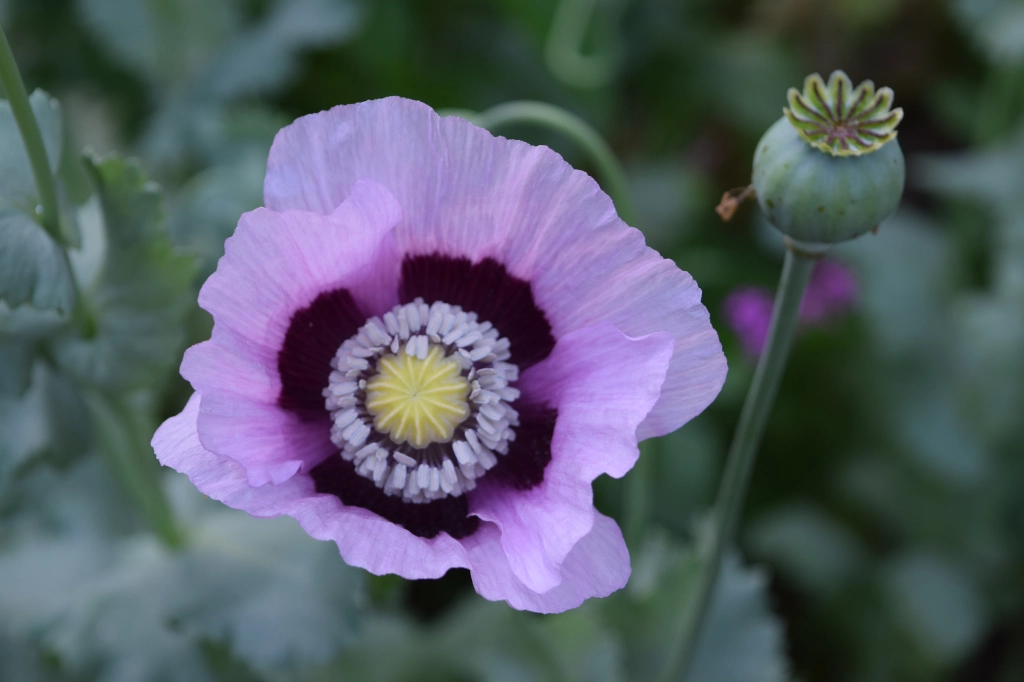
Gardening Quote
“Let’s accept random seeding, let’s tolerate small flowers like grace-notes decorating the paving. Not always, but sometimes.”
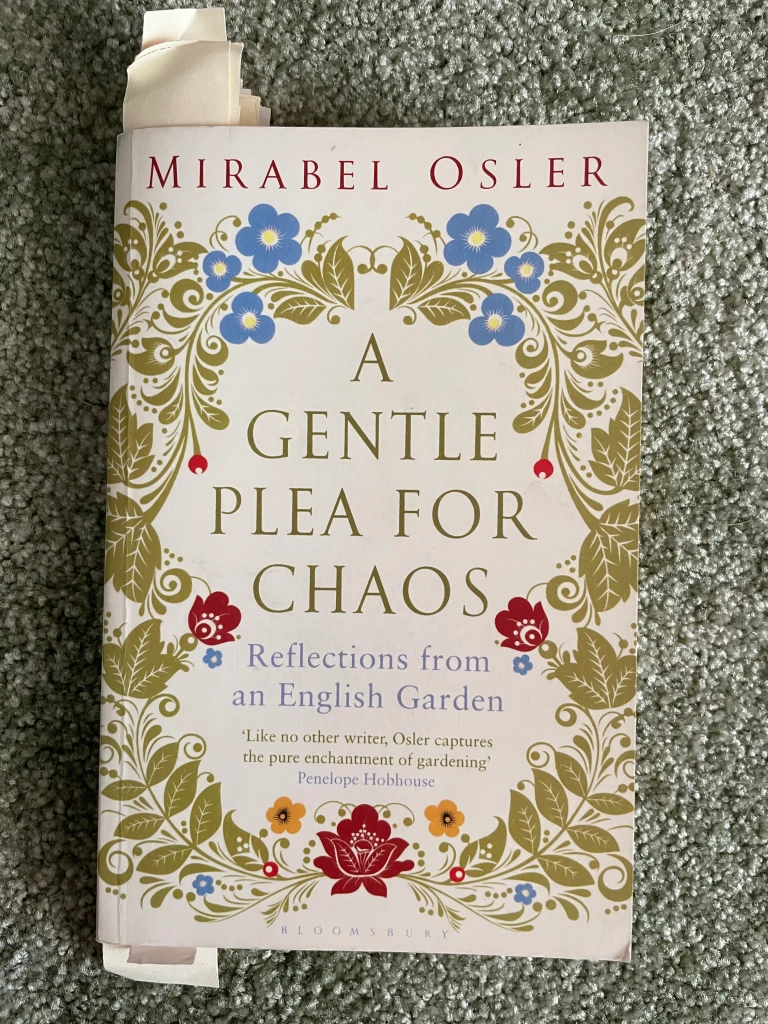
Dear Gardening Friends,
One of the reasons that I am always drawn to old gardens is that they have a gentle, relaxed, lived-in look. Plants have had a chance to settle in and find nooks and crannies where they thrive and become part of the garden – not just an adornment to it. Much of this comfortable feeling has to do with self-sown, or volunteer plants that seed themselves into cracks in paving, the bottom of a wall, areas of gravel, or even into flower beds. One of my favorite gardening books, A Gentle Plea for Chaos, by Mirabel Osler, extols the virtues of this slightly chaotic, and ever-changing style of gardening. Check it out and see Mirabel’s wit, humor, and opinions for yourself.
Cottage Garden Style
Why do I like the cottage garden style so much? I think that it is because it reflects the gardens of my childhood and I feel comfortable with it. I grew up in the county of Kent in the south-east of England in a little village called East Malling. There were some large houses with grand gardens but for the most part, the cottages and modern houses were surrounded by little gardens. The front gardens that we could see as we walked to the shops or to school typically consisted of a path to the front door, a few shrubs, and maybe a small tree, surrounded by a variety of flowers. Rarely a vegetable to be seen here – they were tucked into the back garden if it was large enough or grown in the allotment (similar to a community garden) elsewhere in the village.
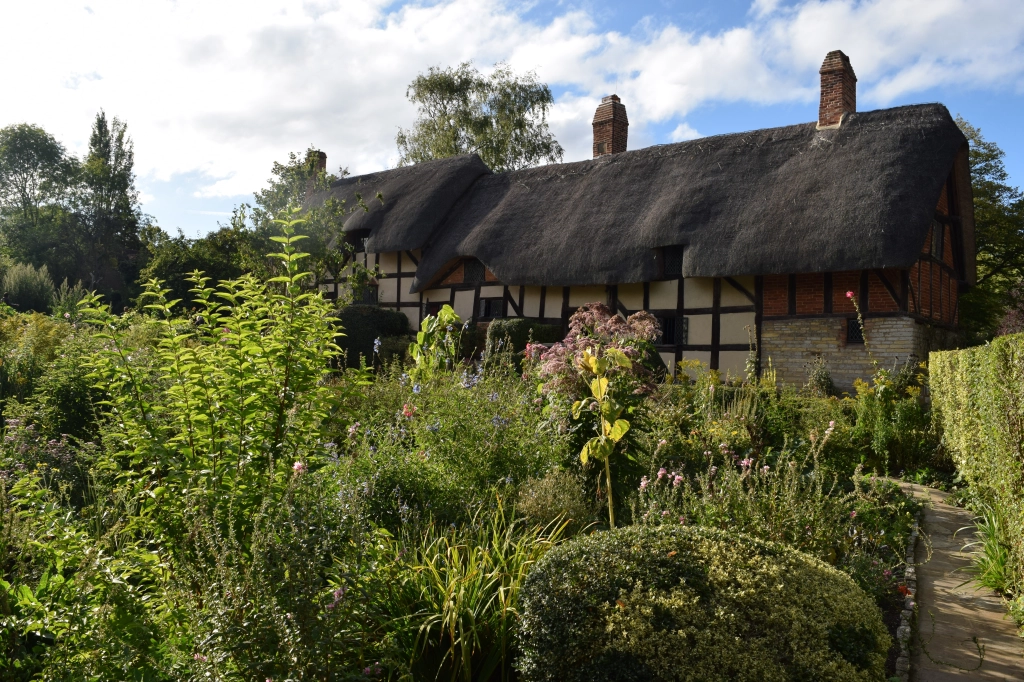
The Gardens at Northview
The gardens at Northview have a free-flowing random look about them. It is reminiscent of an English cottage garden style but with a different plant palette that is adapted to my climate on the east coast of North America. I have found over the years that one of the ways to achieve this look is to include flowering plants that seed themselves into the garden on their own, or with our help. The funny, maybe unexpected thing is that many seeded-in plants don’t do well in a traditional flower bed as there is too much competition from surrounding plants. I have had the best luck with self-sowers growing into gravel paths, and in the cracks between the non-cemented paving slabs. This gives you a really good clue as to what is helping these seeds germinate. By re-creating these conditions in other areas of your garden you can have success with self-sowers.
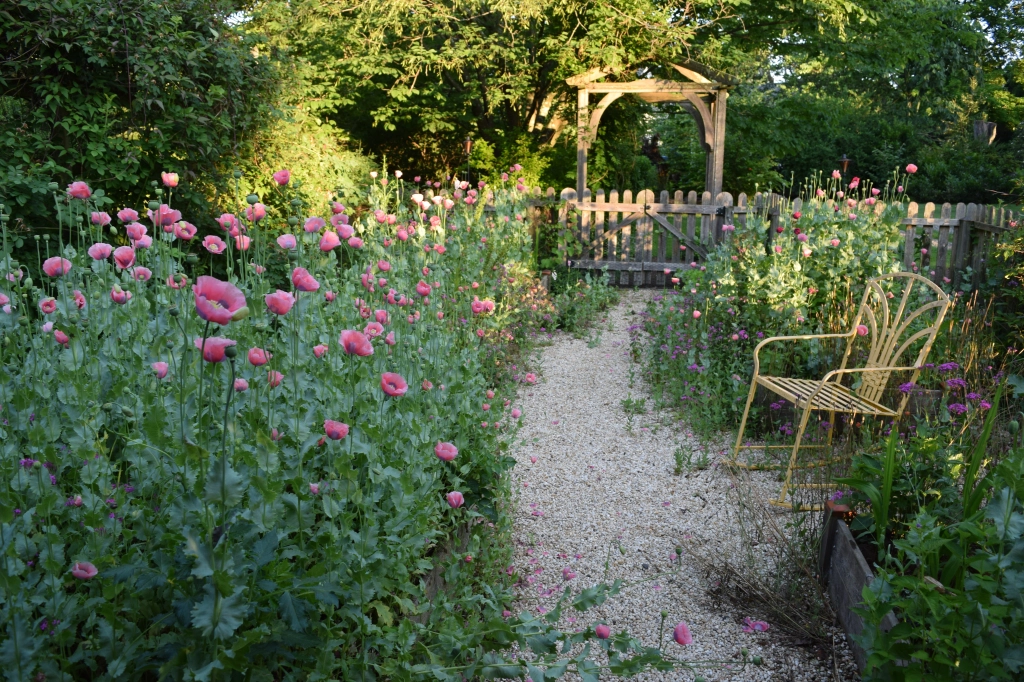
The benefits of self-sown plants are that they provide bargain fullness to the garden. Because it is easy to have lots of the same flower in bloom at the same time it lends a nice cohesiveness to the garden for very little money. Combinations of flowers may surprise you – some you may not like, others become happy accidents that you want to repeat next year.
Our top 10 Favorite Self-Sowing Flowers at Northview Garden
At Northview, we have a wide range of plants that we encourage to self-sow, or we actively help these plants to spread around the garden. The Photo Gallery below has all 10 of our favorites in the same order as the list below – beginning with the translucent pinky-lilac poppy flower. Click the arrow to the right to go through in order.
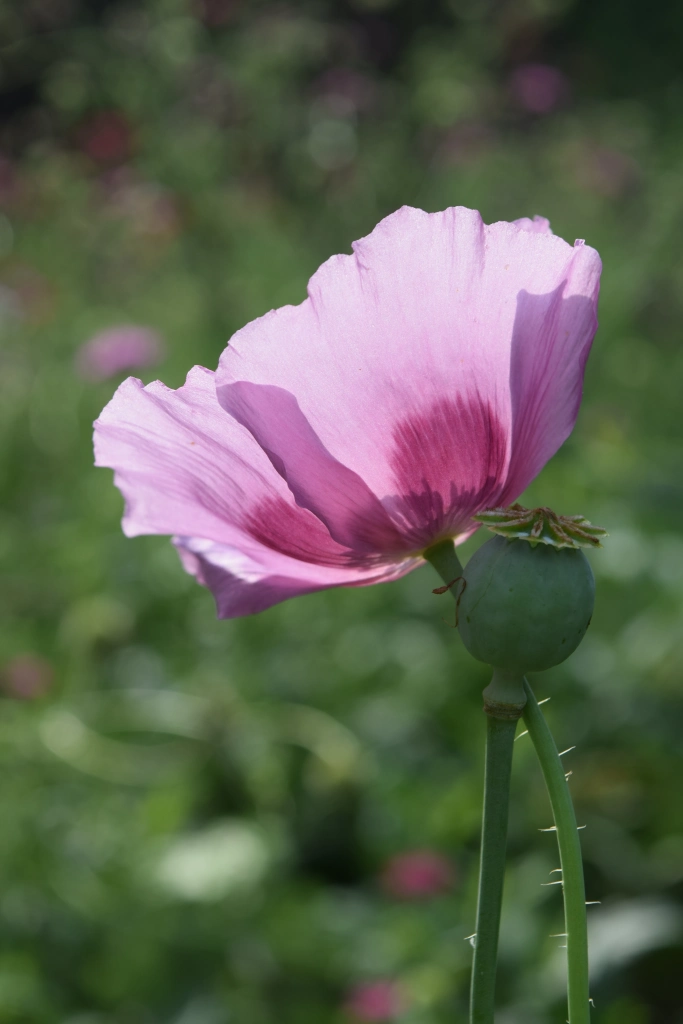
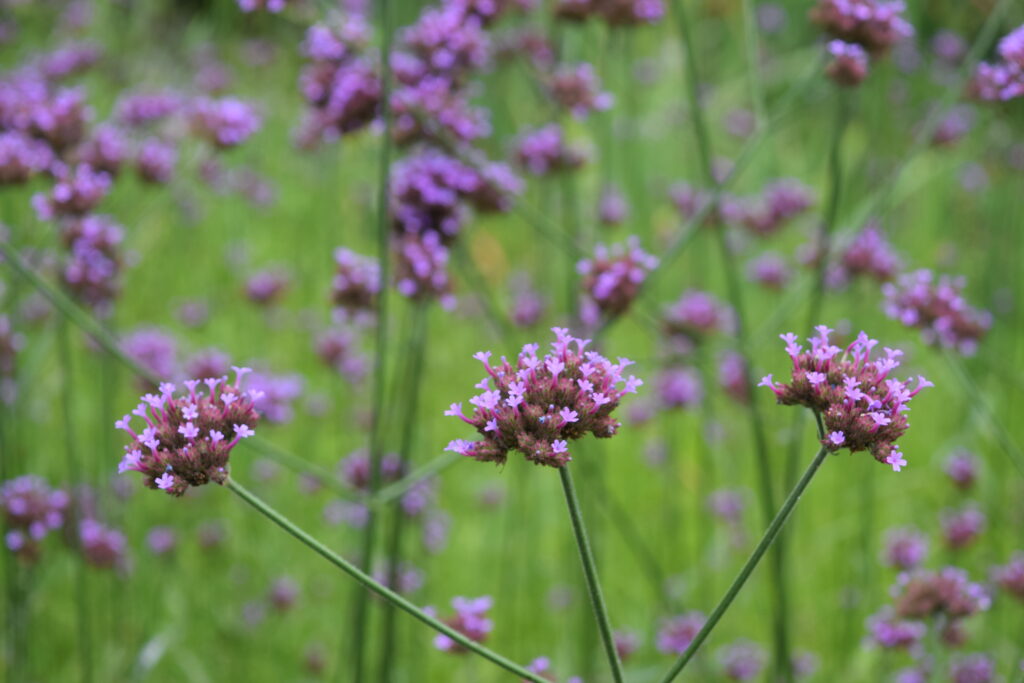

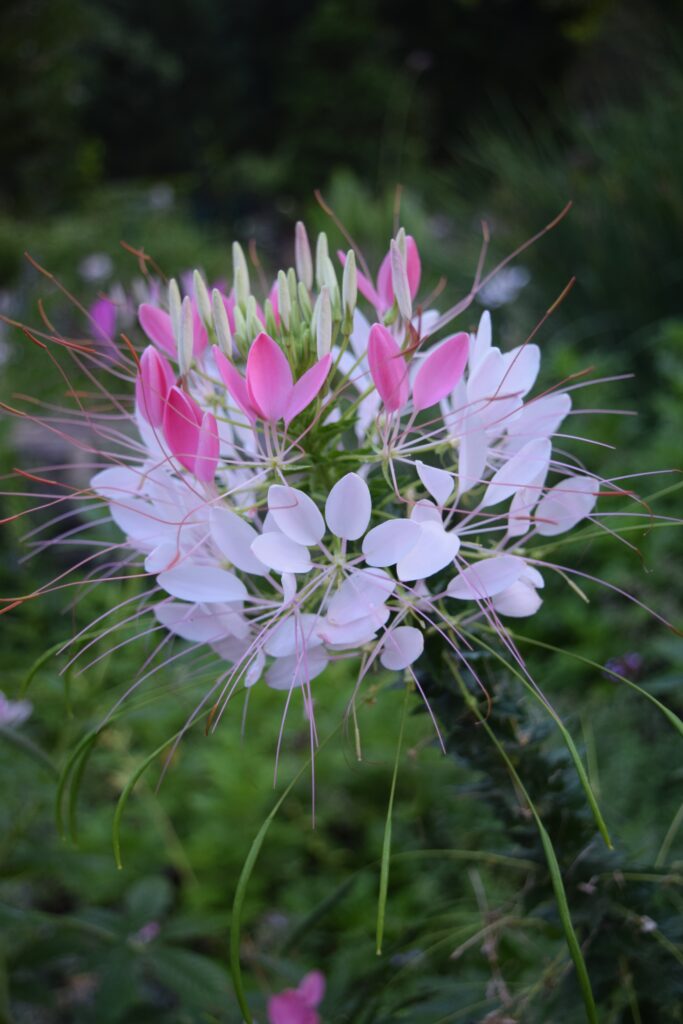
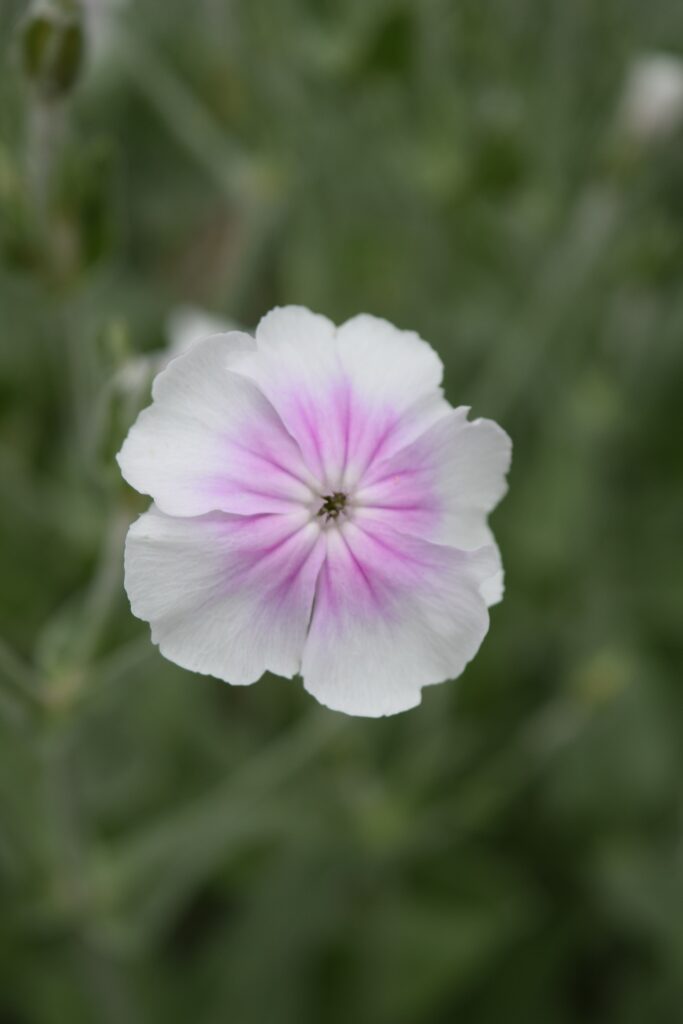
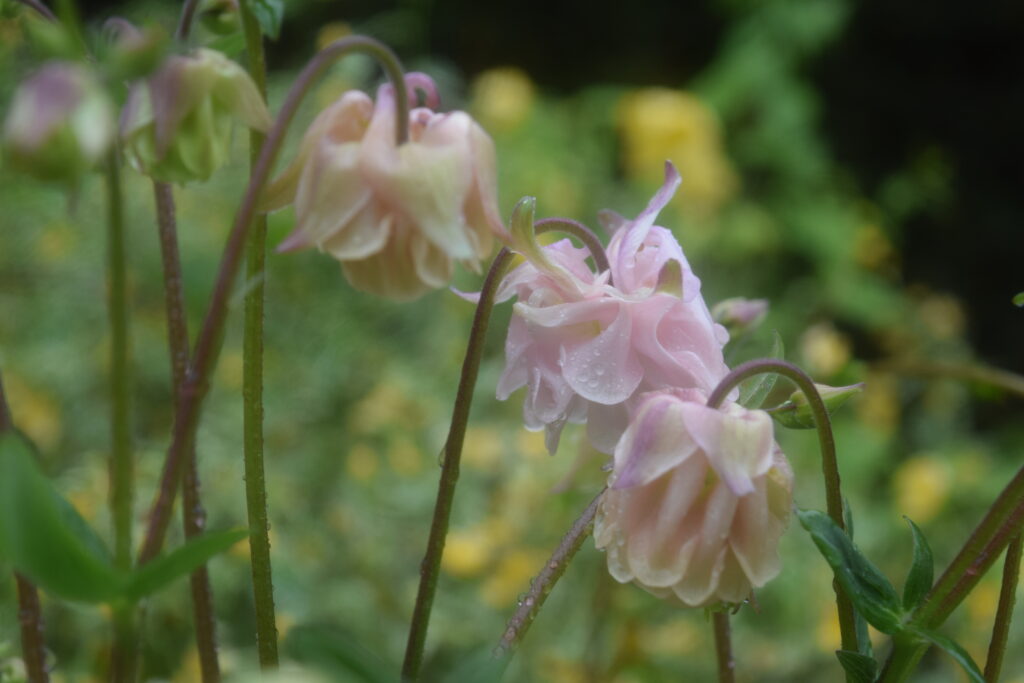
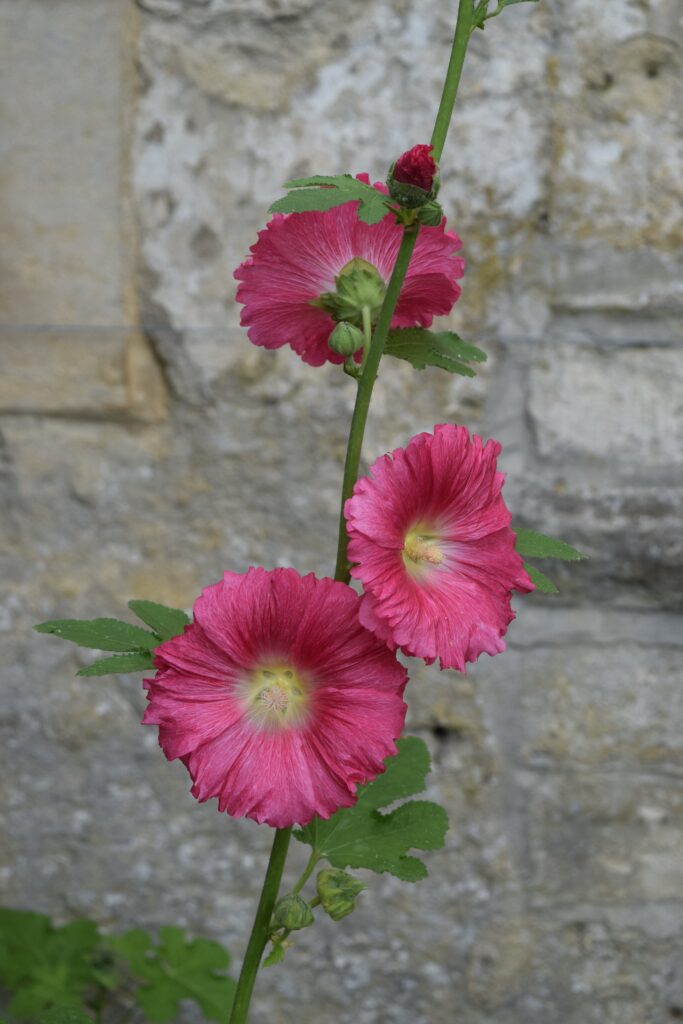
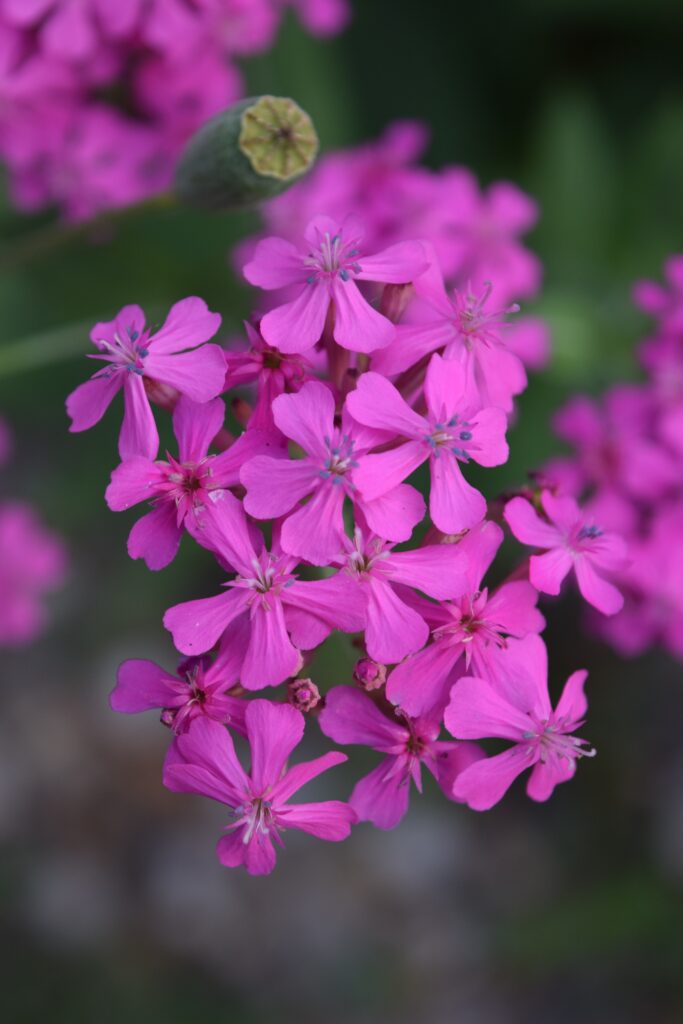
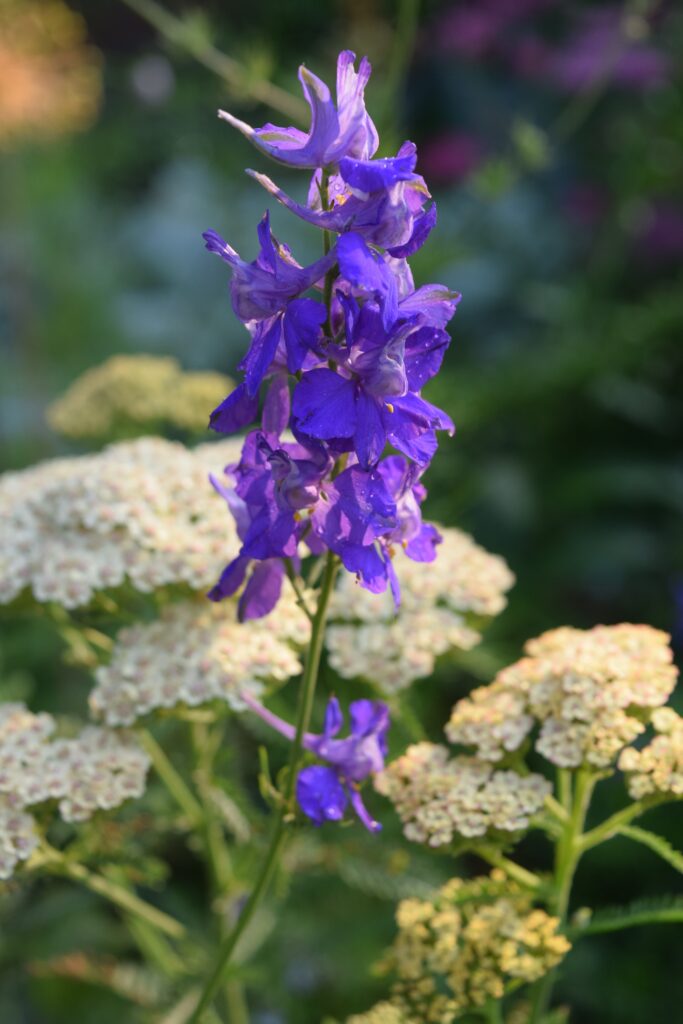
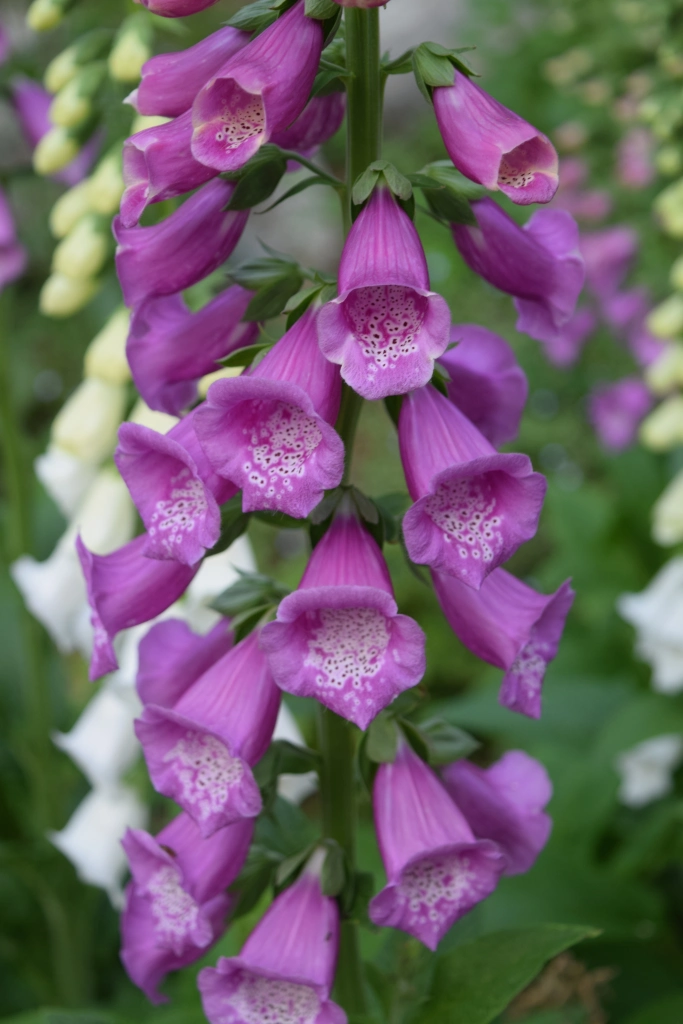
Identifying Good Self-Sowing Plants
A little botanical knowledge will help in understanding self-sown plants. In natural environments, the plants that use this method to survive are annuals, biennials, or short-lived perennials that have a fast and loose style of living. They grow from seed quickly, flower within a short time, and then set copious amounts of seed to produce the next generation of flowers. These seeds are then dispersed by the wind and water to vacant soil areas where, without competition from neighboring plants, these seeds germinate and repeat the quick lifecycle.
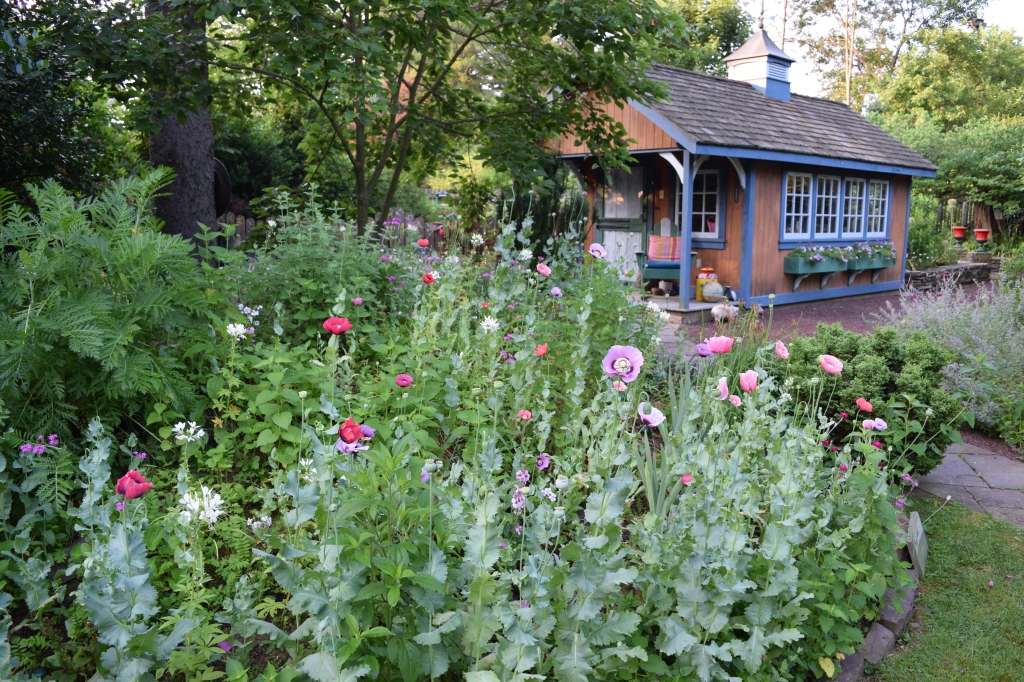
How to Sow the Seeds
To mimic natural lifecycles in your garden sow seeds of self-sowing plants onto bare soil or sprinkle them on gravel that is over the soil. The timing of seed sowing is important. If the plant is hardy in your area sow when the seed would naturally be falling from the drying seed head. If the seed is a half-hardy annual (not hardy in your area), save the seeds in a paper bag or envelope to dry and then store them in an air-tight glass jar in a cool, dry place. Hardy seeds can also be saved in this way for sowing at a later time or sharing with gardening friends.
Seed is relatively inexpensive to buy, and it is free if you save your own seed or participate in a seed swap. For hardy plants, you can also take your own ripe seed heads and wave them around the garden in other places where you might want that flower next year. I call these my ‘fairy-wands’ as it is like magic to see the new seedlings appear at a later date.
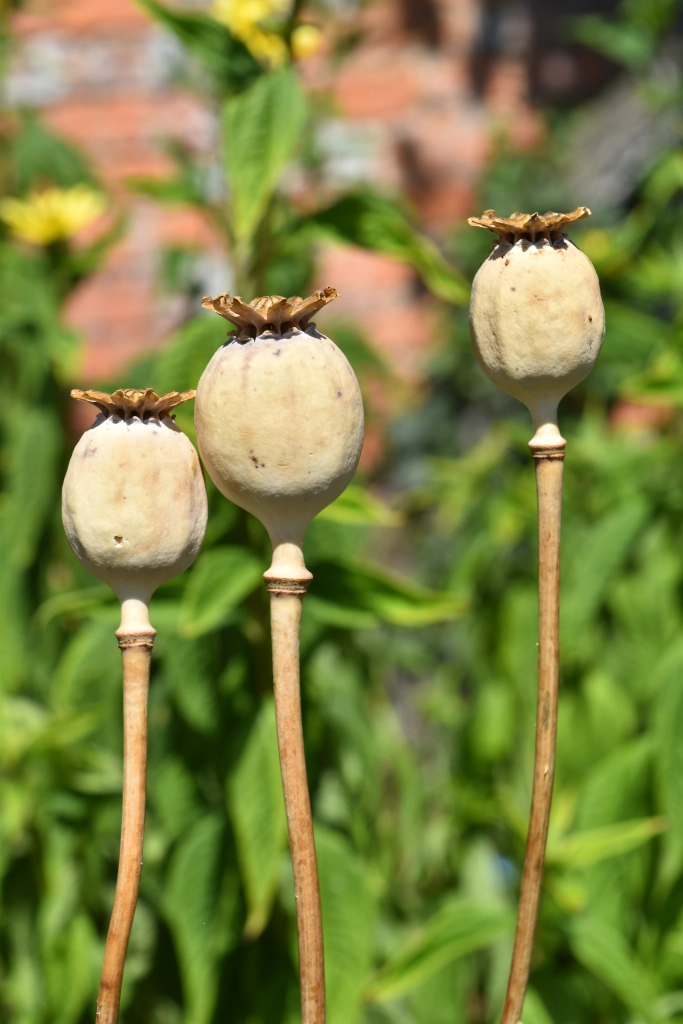
Mulching – Yes or No?
A handy hint is that self-sown plants do not do well when you sprinkle seed onto organic mulches like wood chips or other hardwood mulch. A mulching layer is laid down over the soil to prevent weed seed germination – but you prevent the good seeds from germinating too. It is possible to pull patches of mulch away from an area and use an area of bare soil as a planting pocket. An added trick is to put a thin layer of gravel, sand, or grit on top of the soil in these planting areas. The patch of sand or gravel reminds you that you have sown seed there, and it keeps just enough moisture at the soil level to aid in swift germination. It is likely that the inorganic matter helps to trap the seed in that area and prevents it from being washed away by enthusiastic watering or a thunderstorm.
In general, a garden that uses self-sown plants extensively is not heavily mulched. It is possible to use some compost or leaf mold as a top dressing around the plants later in the year – once as many plants as you want are growing strongly. What we do is gently sprinkle organic matter around a bed whenever we get a chance. This leaves enough bare soil to allow seeding in to still take place while continuing to amend the soil. We don’t do this on gravel-mulched beds because that palette of plants thrive in a leaner, low-organic content soil.
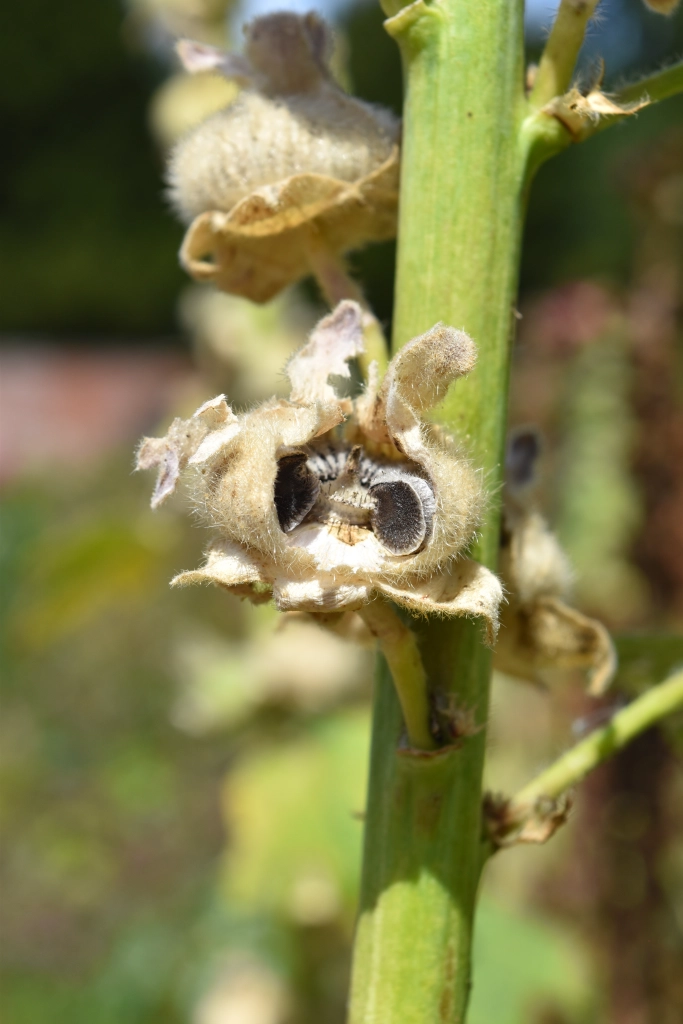
Filling in New Flower Beds
New beds and borders can look bare and I like them to be plant-packed. Seed-sown plants can be the perfect way to fill temporary gaps that will be gradually filled in during the next few years as the perennials grow to their full size. Gravel beds or gardens are another wonderful place to use self-sowers. The relaxed look seems to suit this style of gardening. Seeds can also germinate in cracks and bare spots along edges where you wouldn’t even think of planting anything. They get their young roots down quickly and are very drought tolerant. Young seedlings that are transplanted into the garden from small pots need much more looking after and rarely have as strong roots.
In an established flower bed, it is likely that there is not much empty space. If it is too crowded you may need to clear a set area for seed sowing, as these colonizing, pioneer seeds won’t germinate if there is a lot of plant competition, or if they are too shaded out by surrounding flowers. They need sun and a bit of open soil to do well.
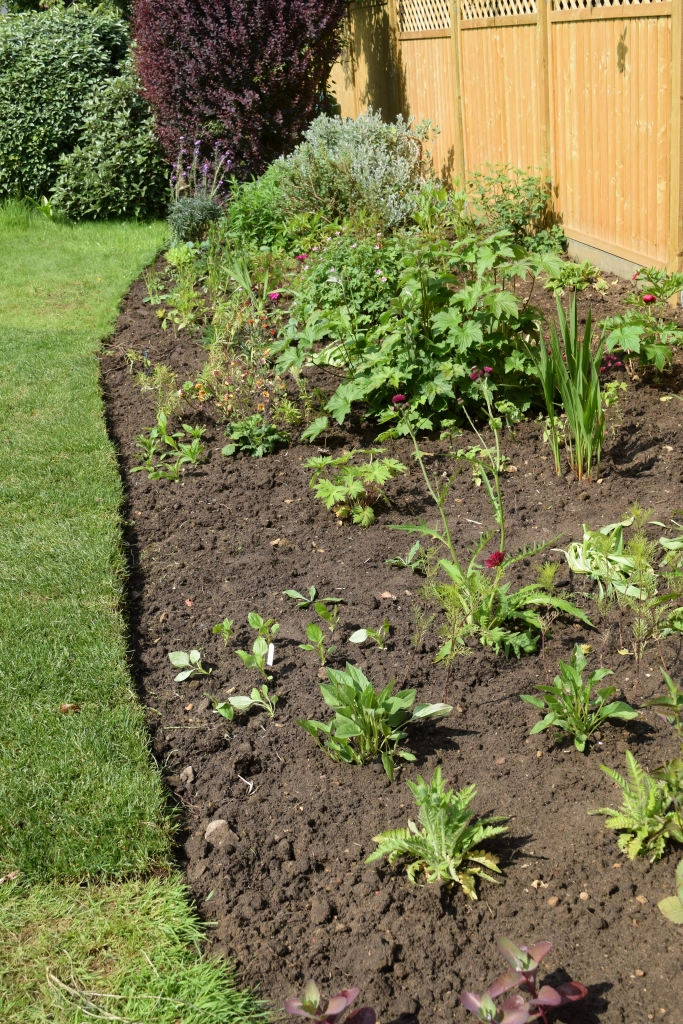
The Role of the Gardener in Editing Seedlings
People often wonder how to use self-sown plants in the design of their gardens as there is such arbitrary, seemingly random nature to where the seeds end up germinating. This is where the guiding hand of the gardener comes into play as you edit out some of the seedlings in order to allow the remaining seedlings to grow strongly. As the young plants begin to grow, you have a choice to make: to leave them in place, try to move them with a little clump of the surrounding earth, or pull them out and add them to the compost heap. Removing them does make some people nervous because it seems like a waste of seedlings to pull them out. Remember that if you leave all the seedlings to grow they will compete with each other and none of them will thrive. Each plant in a flower bed will need a certain amount of light, soil volume, water, and nutrients – without these resources the resulting growth is puny. By removing overcrowded seedlings and leaving a few well-spaced ones you are giving them a chance to flower well and produce seeds for the next generation.
Identifying Young Seedlings
Part of the learning curve with editing seedlings is that you need to be able to identify young plants so that you can know whether to leave or remove them. This may take several years of growing a particular plant before you can be sure of which plant is which. A useful tip is to sow a few of the same seeds into a labeled pot of soil so that you can compare these to what is coming up in your flower bed.
I do hope that you will learn to love gardening with self-sowing plants as much as I do. It really is an easy way to add a cottage garden feel to a flower bed and to produce a lot of flowers very easily.
Next month I will discuss digging up your dahlias to save them for the winter
With of course some beautiful dahlia photos
If you like this blog – I have a new newsletter that comes out once a month. Please visit my website – jennyrosecarey.com and subscribe to the newsletter there.
And check out my Instagram accounts @NorthviewGarden and @JennyRoseCarey. Thank you.
Bye for now
Jenny Rose Carey




Leave a Reply